Any economist will tell you that scarcity can increase demand for the product and typically the price. We want what we can’t have. The fact that we can’t have something for some reason makes us want it more.
On the flip side, we also attribute more value to things merely because we own them. This is called the Endowment Effect. In a study, researchers gave students a relatively cheap mug, while others received nothing. They asked the students who did not receive the mug, how much they would pay for it. To those who did receive the mug, they asked how much were they willing to sell it for cash. The ones who were given the mugs valued them at double the price what students without the mug were willing to pay for it.
We value things we can’t have and things we already have disproportionately to things we can easily access but don’t have yet.
The harder it is to get something, the more we value it. Yet at the same time, we value things we already have more than if we didn’t already have them.
What does this tell us?
People are motivated by loss. They’re afraid to lose things, even things they don’t have yet.
So here’s a process using these principles to help increase demand for your product.
First, you have to make people aware of your product and how it specifically solves a problem in their lives.
Basic Advertising 101.
Second, make it hard for them to get your product.
Conventional marketing wisdom would say you should seek to increase your distribution channels and make them easier to access. But instead try putting up barriers to make your product feel scarce.
Third, once they’ve passed whatever obstacles you’ve placed, give it to them for free.
Remember, people value things more after they possess them. So let them try it. Make them feel they already have it.
Fourth, take it away from them.
You can do with a simple expiration date for the free trial.
Finally, offer it to them at a premium rate.
This rollercoaster ensures that you’ve built demand throughout the process.

